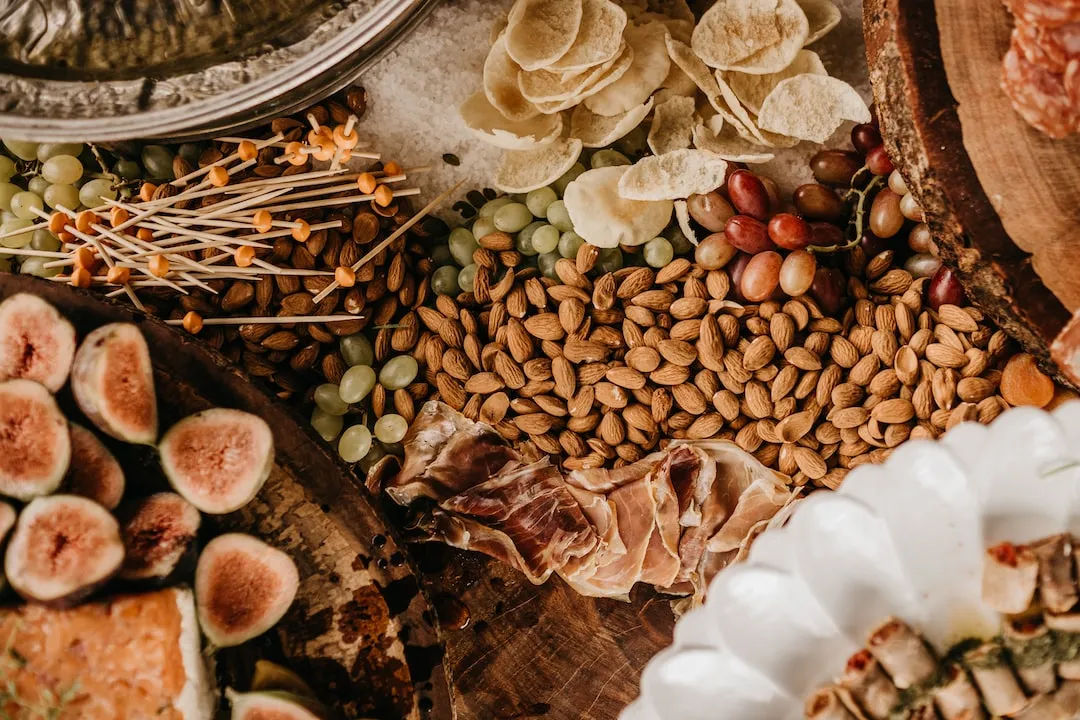
Licencia de unsplash.com para uso libre

Do you think that GMO crops are as safe to eat as non-GMO crops?
The results of a new study suggest that the impact of GMOs on the environment is not as great as previously believed.
Researchers analyzed the impact of GMO crops on biodiversity, native plant diversity, the prevalence of native seeds and seedlings, and the quality of the soil.
“GMO crops are increasingly being used in agriculture around the world,” said Jeremy Berg, a senior author of the study and the director of the Center for Food Safety’s Food Sovereignty Program. “While we’ve had concerns about the impact of GMOs on the environment, it’s now clear that they’re also having an impact on biodiversity, native plant diversity, and the sustainability of agriculture in some regions.”
More than 50 countries around the world have introduced genetically modified crops into their agricultural systems, and the majority of GMO crops are now grown in developing countries.
“There is a growing need for alternative sources of plant breeding to ensure that the benefits of modern biotechnology reach farmers, consumers and the environment,” said Berg.
Previous research suggested that GMO crops might cause a decline in native plant biodiversity, but this new study found no negative impact on native plant biodiversity.
“GMO crops are growing in the agricultural sector, and if farmers choose to plant GMO crops, they need to know that there will be no negative impact on native plant biodiversity,” said Berg. “If farmers are worried about the impact of GMO crops on their crops, they should plant traditional varieties of crops and other native species.”
The study found that native seedlings were 1.7 times more likely to be grown than native seeds, and the number of native seeds increased by an average of 20 percent when native seeds were planted instead of GMO seeds.
Seedlings were also found to be less likely to be native seedlings, and seeds planted in native soil had a lower seedling survival rate than those planted in non-native soil.
The study also found that GMO seeds were less likely to be native seedlings than non-GMO seeds, but seedlings grown in non-native soil were more likely to be native seedlings than seedlings grown in native soil.
“In the future, it is likely that seeds from GMO crops will be integrated into the agricultural landscape, and native seeds and their genetic material will be lost,” said Berg. “GMO crops should be grown in non-native soil to preserve the genetic diversity of native plants.”
The study was published in the journal Nature.
